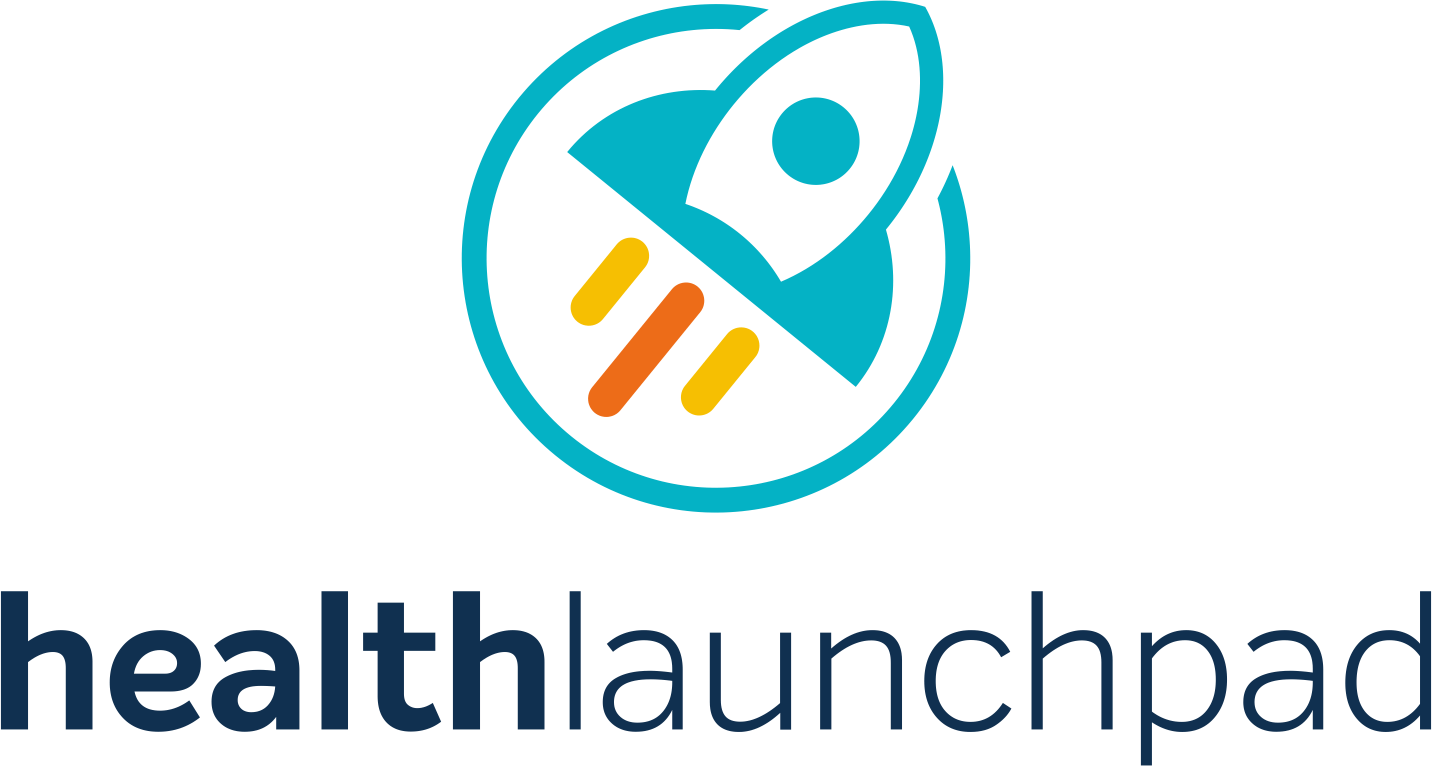The choices of Marketing technology are overwhelming. At the last count, according to Scott Brinker of https://chiefmartec.com/ there were over 9,000 technology solutions to consider, arrayed across dozens of different categories. This is ever-changing, and it is easy to feel overwhelmed by the available options.
If you are serious about account-based marketing, you will be thinking about what technology you need and when you should consider an ABM Platform. Let’s start with the different types of technology you will need to consider and the role of an ABM Platform.
Where Does an ABM Platform Fit in Your Tech Stack
Let’s cover the fundamentals. Here are the different types of technologies you will need to consider:
- Intent Data: This provides buying signals about target accounts. There are two types: First-party intent data, e.g., tools like Leadlander and Leadfeeder can tell you which accounts are visiting our website, and third-party intent, e.g., Bombora and Zoominfo’s intent data. This post covers intent data in more detail.
- Contact Data: As intent data typically only provides account-level data, you will need a supplemental source of contact data, such as Zoominfo, to build a contact list when an account appears on your radar screen.
- CRM: You most likely have this already. CRM platforms like Salesforce, HubSpot, and Zoho are where your sales team works. This is usually where accounts and contacts are stored and accessed. While ABM campaigns are not managed here, it will be important that you create ABM dashboards in your CRM. This is critical to engaging the sales teams in your ABM and ABX programs. As your SDRs start work in the morning, you want them to look at a dashboard and be able to see which accounts are showing what intent to focus on. This will help them prioritize whom they will outreach to. It will show buyers’ research topics and make it easy to personalize SDR, sales, or customer success activities.
- Marketing Automation: This is a platform you most likely have in place. Platforms like Pardot, Marketo and Hubspot enable you to run automated marketing campaigns easily and measure the impact. While many of these include more ABM-like capability, this is limited. Often, you can get started with ABM by integrating third-party intent data into your marketing automation system, e.g., Bombora and Eloqua, but you will struggle to scale to an entire ABM and ABX model without an ABM platform.
- ABM and ABX Platforms: We will cover this in-depth below. This includes companies like 6sense, Terminus, DemandBase, and a handful of others. These multi-function platforms allow you to run your ABM program at scale. One of their most important functions is to help you drive better-informed sales and marketing decisions based on customer behavior. They are your ABM program’s automated workflow delivery engine and are increasingly the ad platform used to run your digital display campaigns.
- Personalization: These additional tools make it easier to personalize messaging, ad creative, and landing pages dynamically and at scale. These include Folloze, Uberflip, and Pathfactory.
- Sales Outreach: Your sales and SDR team may already use tools like Salesloft and Outreach.io to automate and measure outbound email and social media prospecting programs.
- Integration Tools: You will need to integrate the tech stack. These platforms are designed to work together, and integration tools like Zapier facilitate this.
- Project Management: You will want to have a marketing project management solution to track your campaigns, projects, and tasks. This will be key to tracking progress on cross-functional work for creative, content, and social media. Solutions like Workfront, Asana, and Monday.com.
Do you need an ABM Platform?
Eventually, yes.
Why? You can do 1:1 ABM without an ABM platform and pilot 1:1 Few and 1:Many ABM without an ABM platform. However, without an ABM platform, you will be limited in the business impact you can have. You won’t be able to scale your ABM program due to the lack of automation and manual, labor-intensive processes required to perform the work.
The other thing is that you will also miss out on some amazing capabilities that will change how you generate demand in your business.
Let’s start with the age-old problem of how generating new prospect leads.
In a traditional, broad-based approach, you use various tactics to get prospective buyers to put their hands up and indicate some interest in what you do. Typical tactics include conferences, trade show booths, webinars, syndicated content, Google ads, and targeted LinkedIn ad campaigns.
These all work and have their role in an ABM scenario, but they can be hugely wasteful. In the words of John Miller, a longtime ABM executive and Chief Product Officer of Demandbase, this is like fishing in an ocean vs. fishing in a narrow stream.
This diagram summarizes the problem you are trying to solve by Demandbase:

The issue is that when a prospect is active in a buyer journey, they only engage with you in the latter stages. If you are lucky, you might be able to identify them early in the process if they download some gated content from your website or register for a webinar that you are running, but the fact is that buyers spend most of their time avoiding you.
The value of an ABM platform is that makes it easier for you to identify in-market accounts earlier through intent data, monitor the buyer collective at these accounts, and orchestrate more precisely targeted campaigns to them, personalized to who they are and what stage they are in the buyer journey. It gives you the visibility and power to move a buyer through the journey with you. Or at least allows you to move through the buyer journey with them so that when they are ready to talk to a vendor, there is a greater chance that you will be one of the vendors they consider, and they will be better educated about you by the time you speak with them.
Life With and Without an ABM Platform
Here are three real-life scenarios of selling and marketing with and without an ABM Platform. In this case, it is for a firm selling sophisticated enterprise software with a $1 million+ annual cost.
No ABM Platform and No Intent Data
Before starting its ABM journey, the firm kept missing out on RFPs. Customers did not know this new company existed due to the number of vendors in their market that had been around for a long time with stronger brand awareness, so they were not included in the initial vendor list for consideration. This was painful as buyers only evaluated new solutions every 10-15 years. If you missed a buying cycle, you would unlikely see another opportunity with this customer for a decade. You can see how missing an opportunity that only comes along once a decade will negatively impact the company’s success and longevity.
No ABM Platform but Using Intent Data
To get started with ABM, they tried using third-party intent from Zoominfo. In the first few days of using this, one of the SDRs noticed that a target account they had a good relationship with was spiking for a key topic related to one of their solutions. This signaled that they may be in-market for their solution. The Account Executive (AE) responsible for the account reached out to a contact they knew at that company. This contact put the AE in touch with a more appropriate contact leading this project. This person let them know that they were developing an RFP. This person was unfamiliar with the software firm’s solution in this area and decided to include them in the RFP.
With an ABM Platform
The software firm adopted the Terminus platform. As they became more familiar with the benefits of the ABM platform, the SDR and marketing team could pinpoint an account that was in-market. Rather than immediately have the SDRs reach out to the account, they ran a personalized segment-specific campaign to the account. Based on topics that this account was spiking for, they changed the messaging to address that interest. As the account moved to the next stage in the buyer journey, they refined the message accordingly. The team’s goal was to move the buyers or at least a champion to watch a 15 to 30-minute demo walkthrough video of their solution. At that point, they knew that they had an educated buyer who was interested enough to dedicate 30 minutes to learn the details and value of the solution. At that point, the SDR reached out with a personalized email and phone call. The buyer responded and indicated that his firm was interested in their solution.
Final Thoughts
An ABM Platform is an expensive investment in money and time. When you decide to move ahead with this, you want to be sure that you will get value out of it. The other big issue is to ask yourself if the organization is ready to change. I have come across firms that have purchased an ABM platform but have not changed how they market to embrace ABM. In this case, they have bought an expensive DSP ad platform.
If you are thinking about adopting an ABM Platform, make sure you have a solid strategy in place and a strategic roadmap to get there. You can find the resources you need to work on this in our ABM Resource Center or by reading our extensive articles and webinars.
And if you need some help with this, were offer strategic advisory services to get you started.
Next week, we will cover what you need to consider in selecting an ABM Platform.
Photo by Markus Spiske on Unsplash
Originally posted on LinkedIn.

